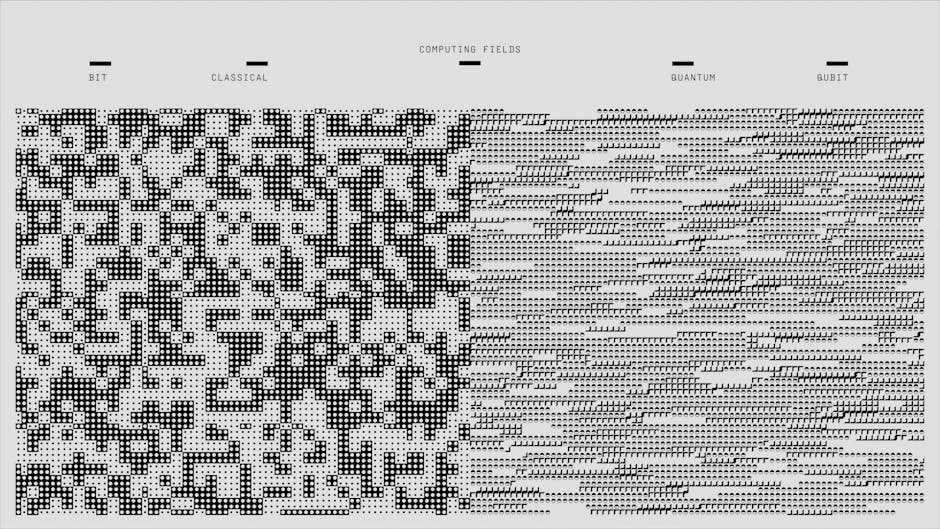In today’s interconnected digital landscape, the threat of insider breaches looms large over organizations of all sizes. As a cybersecurity expert, I’ve delved deep into the realm of insider threats to unravel the complexities and vulnerabilities they pose. Understanding the motivations and methods of insiders is crucial in fortifying a robust defense strategy.
In this article, I’ll share insights on how organizations can proactively identify, assess, and mitigate insider threats before they escalate into full-blown security incidents. From implementing access controls to fostering a culture of security awareness, I’ll explore effective measures to safeguard sensitive data and intellectual property from malicious insiders. Stay tuned as we navigate the intricate terrain of insider threats together.
Overview of Insider Threats
Insider threats pose a substantial risk to organizations in the modern digital landscape. Understanding the motives and techniques employed by insiders is crucial for bolstering cybersecurity defenses. In this section, I delve into the detection, assessment, and prevention of insider threats to avert potential security breaches and safeguard valuable data and assets from internal threats. Implementing stringent access controls and fostering a culture of heightened security awareness are vital strategies to mitigate the risks posed by malicious insiders.
Types of Insider Threats
When it comes to insider threats, it’s crucial to understand the different types that can pose risks to an organization’s cybersecurity. Let’s delve into the specifics of malicious insiders and negligent insiders to shed light on these potential vulnerabilities.
Malicious Insiders
Malicious insiders are individuals within an organization who intentionally misuse their access to compromise security. These insiders may have malicious intent, seeking personal gain or harboring grudges against the organization. Their actions can range from stealing sensitive data to sabotaging systems, posing a significant threat to cybersecurity.
Negligent Insiders
On the other hand, negligent insiders are employees who, often inadvertently, create security risks due to carelessness or lack of awareness. They might fall prey to phishing attacks, mishandle sensitive information, or neglect security protocols, inadvertently exposing the organization to threats. While their actions are not malicious, they can still lead to significant cybersecurity incidents if left unchecked.
Common Indicators of Insider Threats
Enumerating potential red flags that may signal an insider threat is essential for enhancing security measures within an organization. Recognizing these common indicators aids in early detection and proactive management of possible risks. Here are key signs to watch out for:
- Unusual Working Hours:
- Showing up at odd times or accessing systems during non-standard hours could indicate illicit activities.
- Excessive Data Access:
- Employees retrieving data unrelated to their roles or accessing an unusually large amount of information might be a cause for concern.
- Personal Financial Issues:
- Financial stress or sudden unexplained wealth in an employee’s life could signify potential motivations for insider threats.
- Disgruntled Behavior:
- Expressions of dissatisfaction, resentment, or negative attitude towards the organization can be precursors to malicious actions.
- Disregard for Security Policies:
- Intentional violations of security protocols or repeated disregard for company policies may suggest an insider threat.
- External Relationships:
- Unusual interactions with competitors, unauthorized external parties, or suspicious communication can raise suspicions of insider involvement.
- Unauthorized Hardware or Software Usage:
- Employing unauthorized devices or software on company networks may point towards illicit intentions.
- Lack of Accountability:
- Employees evading responsibility, deflecting blame, or exhibiting a lack of transparency could be concealing insider activities.
Identifying these signs and promptly addressing any anomalies can strengthen an organization’s security posture and mitigate the risks associated with insider threats.
Mitigation Strategies for Insider Threats


Building robust mitigation strategies is essential in combating insider threats effectively. Understanding the indicators and motivations behind such threats is a crucial step towards bolstering cybersecurity defenses. By implementing proactive measures, organizations can significantly reduce the risks associated with insider breaches. Below are some key strategies to mitigate insider threats:
- Implement Least Privilege Access: Limiting access rights ensures that employees can only access the resources necessary for their roles, reducing the potential damage caused by insider threats.
- Conduct Regular Security Training: Education on cybersecurity best practices can raise awareness among employees, helping them identify and report suspicious activities that could indicate insider threats.
- Monitor User Behavior: Implementing user activity monitoring tools can help detect anomalies in employees’ behavior patterns, enabling timely intervention to prevent security incidents.
- Establish Clear Security Policies: Clearly defined security policies and procedures provide guidance to employees on acceptable technology use, safeguarding sensitive information from insider threats.
- Perform Background Checks: Conducting comprehensive background checks on new hires can reveal any red flags that might indicate potential insider threats, allowing for early intervention.
- Enforce Multi-Factor Authentication: Adding an extra layer of security through multi-factor authentication can thwart unauthorized access attempts by malicious insiders.
- Regularly Update and Patch Systems: Keeping software and systems up to date with the latest security patches helps mitigate vulnerabilities that could be exploited by insider threats.
- Maintain Audit Trails: Logging and monitoring all user activities create a transparent record of actions taken within the system, aiding in investigations related to insider threats.
Adopting a holistic approach that combines these mitigation strategies can enhance an organization’s resilience against insider threats and safeguard its sensitive data from potential breaches. By staying vigilant and proactive, businesses can minimize the impact of insider threats on their cybersecurity posture.
Insider Threat Detection Tools
In enhancing cybersecurity defenses against insider threats, leveraging advanced insider threat detection tools is crucial. These tools play a pivotal role in proactively identifying and mitigating potential risks posed by insiders with malicious intent or unintentional negligence. Here are some key insider threat detection tools that organizations can implement to bolster their security posture:
User Activity Monitoring Solutions:
Employing user activity monitoring solutions allows organizations to track and log user actions, providing insights into potentially suspicious or unauthorized activities. These tools can detect anomalies in user behavior, such as accessing sensitive information beyond normal working hours or attempting unauthorized system changes.
Data Loss Prevention (DLP) Systems:
DLP systems help prevent unauthorized data exfiltration by monitoring and controlling data transfers within the organization’s network. By setting up policies to detect and block the unauthorized movement of sensitive data, organizations can significantly reduce the risk of insider data breaches.
Behavior Analytics Platforms:
Behavior analytics platforms utilize machine learning algorithms to analyze user behavior patterns and identify deviations from normal activities. By establishing baseline behavior profiles for users, these tools can flag suspicious actions that may indicate insider threats, such as unauthorized access attempts or unusual file downloads.
Insider Threat Intelligence Platforms:
Insider threat intelligence platforms collect and analyze data from various sources to provide insights into potential insider threats. By correlating information from multiple channels, including network logs, endpoint data, and user activity reports, these platforms offer a comprehensive view of insider activities and help organizations proactively detect and respond to threats.
Endpoint Detection and Response (EDR) Tools:
EDR tools monitor endpoint devices for signs of suspicious behavior and potential security incidents. By continuously collecting and analyzing endpoint data, these tools can detect unauthorized access attempts, malware infections, and other indicators of insider threats, enabling timely response and mitigation actions.
By integrating these advanced insider threat detection tools into their cybersecurity framework, organizations can strengthen their defense mechanisms against insider threats and safeguard their critical assets from unauthorized access or data breaches. Adopting a proactive approach to insider threat detection is essential in maintaining a robust cybersecurity posture and mitigating potential risks effectively.



 Holly Keenstier is a crucial helper at The Code Crafters Hub, where her contributions significantly enhance the platform's capabilities. Keenstier's background in software development and her meticulous approach to project tasks have made her an integral part of the team. Her role involves various responsibilities, from aiding in technical troubleshooting to supporting content development, all of which are essential to maintaining the hub’s high-quality standards.
Keenstier’s dedication to The Code Crafters Hub is evident in her commitment to delivering relevant and insightful content. Her efforts help ensure that the platform remains a leading resource for the latest advancements in web development, game development, IoT, and cybersecurity. Based in Warren, MI, Keenstier’s work is instrumental in keeping the hub’s offerings dynamic and up-to-date.
Holly Keenstier is a crucial helper at The Code Crafters Hub, where her contributions significantly enhance the platform's capabilities. Keenstier's background in software development and her meticulous approach to project tasks have made her an integral part of the team. Her role involves various responsibilities, from aiding in technical troubleshooting to supporting content development, all of which are essential to maintaining the hub’s high-quality standards.
Keenstier’s dedication to The Code Crafters Hub is evident in her commitment to delivering relevant and insightful content. Her efforts help ensure that the platform remains a leading resource for the latest advancements in web development, game development, IoT, and cybersecurity. Based in Warren, MI, Keenstier’s work is instrumental in keeping the hub’s offerings dynamic and up-to-date.
